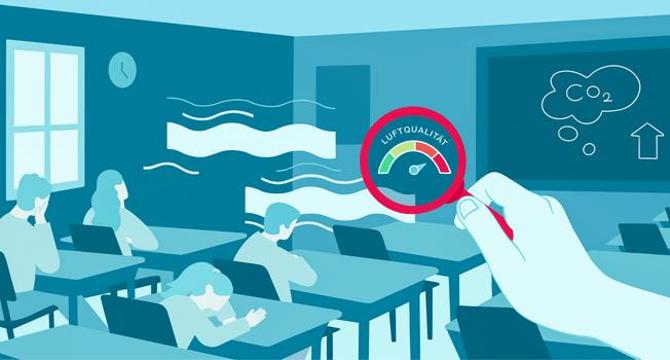Bioengineer
1w
203

Image Credit: Bioengineer
Study from TU Graz Reveals Austria’s Schools Struggle to Meet National and European Air Quality Standards
- A recent study by Graz University of Technology reveals concerning findings about air quality in schools across Austria, showing that many classrooms fail to meet national and European standards.
- Results indicate that 75% of classrooms exceeded the recommended CO2 concentration levels, with some levels reaching nearly seven times the threshold.
- Approximately a quarter of classrooms did not meet the minimum ventilation requirement per person, affecting students' health and learning.
- Elevated CO2 levels suggest poor ventilation, impacting cognitive performance and increasing health risks for students.
- The research emphasizes disparities in air quality between different school types and regions, with surprising findings about urban versus rural schools.
- Classrooms with mechanical ventilation systems exhibited better air quality than those relying on manual ventilation, particularly in colder weather.
- CO2 sensors were identified as a cost-effective solution to enhance manual ventilation practices and improve indoor air quality.
- The study underscores the need for actionable strategies to enhance air quality in schools, advocating for the use of CO2 sensors and efficient ventilation practices.
- Investing in air quality improvements in schools is crucial for the health and learning outcomes of students and educators, fostering a culture of health consciousness.
- Collaboration among stakeholders is essential to prioritize and implement air quality enhancements in schools, ensuring a conducive and healthy learning environment.
Read Full Article
12 Likes
For uninterrupted reading, download the app